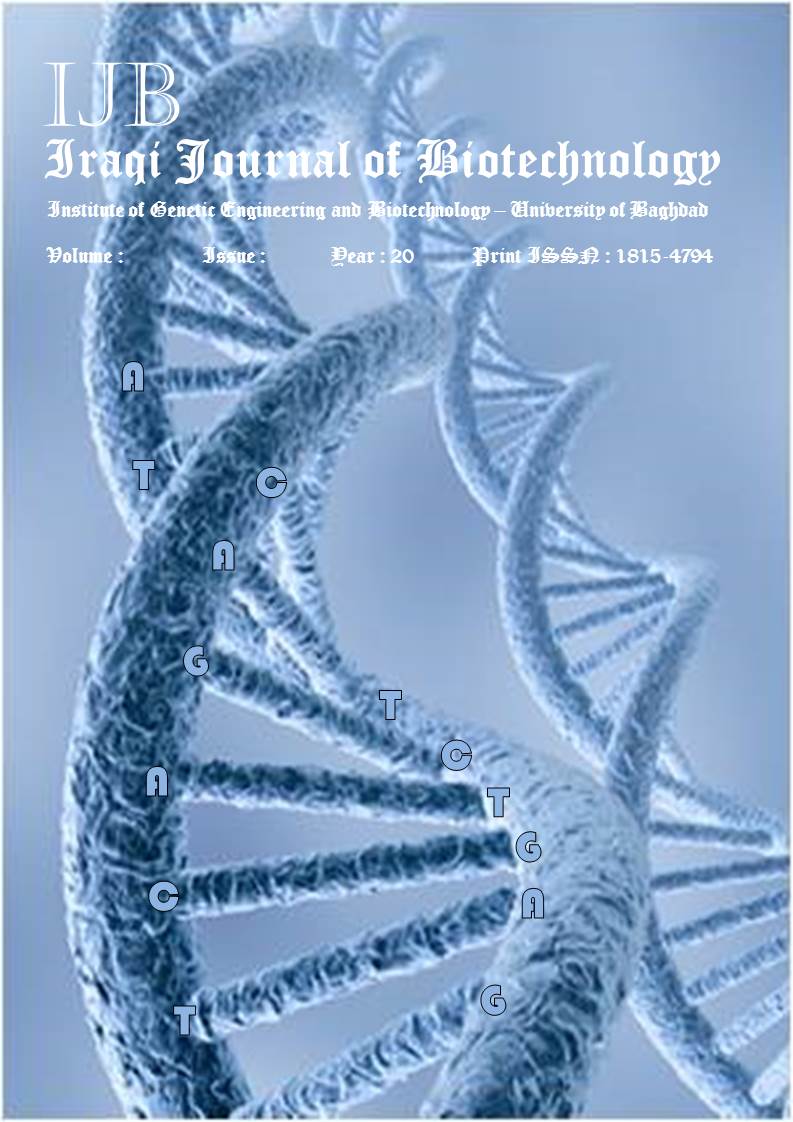Distribution of CTX-M gene among Escherichia coli strains isolated from different clinical samples in Erbil City
Abstract
Escherichia coli frequently causing urinary tract, wound and blood infection resulting in significant morbidity and mortality due to had plasmid encoded ESBLs lead to failure treatment .Tow hundred samples were collected from (urine, wound, sputum), Escherichia coli. isolated and identified by using microscopical, morphological, biochemical tests and Vitek 2 compact system. Antibiotic susceptibility testing was screening according to the CLSI guideline and Vitek 2 compact system. Phenotypic screening of ESBLs was undertaken using (Double disk diffusion and Standard disk diffusion) Methods, also PCR technique was used for genotypic detection of ESBL genes (blaCTX-M) according to the standard protocol. We obtained in this study 60 (29.33%) total positive results of Escherichia coli.40 (20%) isolates for Escherichia coli isolated from urine, 15 (7.5%) wound,5 (2.5%) sputum,from patient attending e Rizgary hospital fromSemptemper 2015 to March 2016.Susceptibility profile has been done for all Escherichia coli isolated by using 13 antimicrobial agent,Our multifinding pointed out that highest resistance be Ceftriaxone 45(75%) Ceftazidime 44(73.3) Tobromycin 39(65%) Piperacillin 39(65%),most of Escherichia coli isolates were resistance to more than three antibiotics belonging to different classes used and these were considered to be multidrug resistant (MDR) isolates. The incidence rate of ESBL-producing Escherichia coli was 48 (80%) by Standard disk diffusion Method,46 (76.7%) by Double disk diffusion and 38(66.7%) of ESBL producer in urine samples. Remarkably, dissemination of blaCTX-M 44 (73.3%) genes among ESBLs-positive isolates and the length of amplified genes (550) bp for blaCTX-M genes. It can be said that the incidence rate of Escherichia coli carrying genes encoding for ESBL enzyme representing their commonness in our institute and multi resistance to many classes of antibiotic, resulting in limited treatment options.


